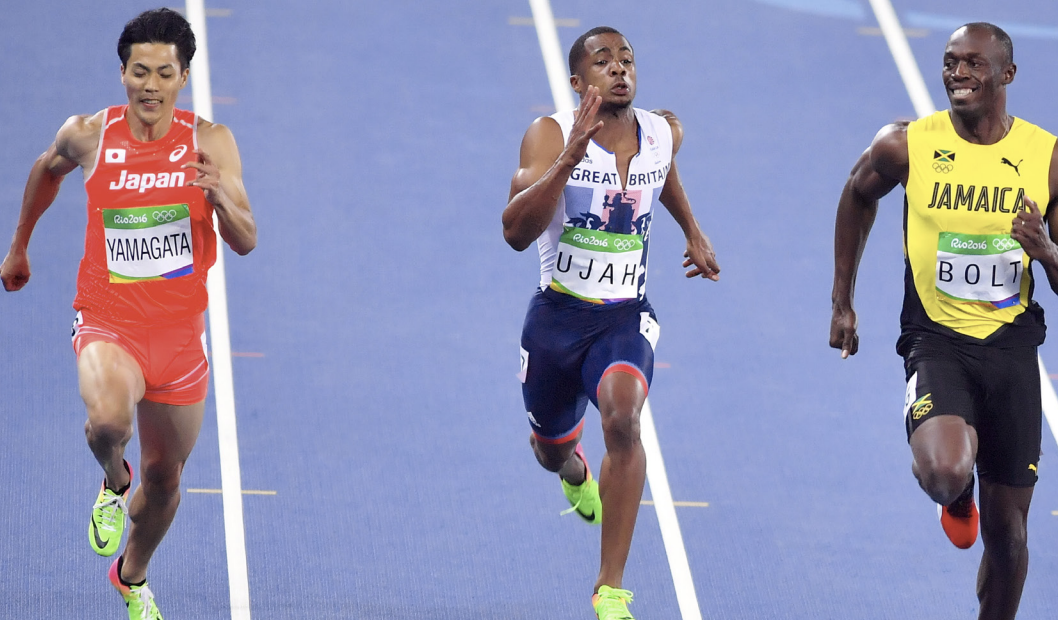What Makes a Runner Fast?
A Smithsonian educator introduces a few of history's fastest people and delves into the science and secrets behind these record-breaking runs in an easy-to-explain way.
Record Breakers
Hailing from Jamaica, Usain Bolt is the world’s fastest man. He secured eight gold medals in the 2008, 2012, and 2016 Summer Olympic Games. Bolt specialized in the 100 meters, 200 meters, and the 4 x 100 meter relay, which are the shortest track events at the Olympics. The title of “fastest man” is awarded to the 100-meter record holder. Impressively, Bolt achieved all eight of his gold medals before turning 30. However, Bolt is not the only one to have set remarkable speed records. Numerous footrace records, once deemed unbreakable, have since been surpassed.
Before Bolt’s era, Carl Lewis, an American athlete born in 1961, was setting his own speed records. Lewis competed in the 100 meters, 200 meters, 4 x 100 meter relay, 4 x 200 meter relay, and the long jump, amassing a total of nine gold medals across four Olympic Games. He set a world record in the 100 meters with a time of 9.86 seconds, a record that was gradually broken by subsequent runners. Bolt currently holds the record at 9.58 seconds. Similarly, British runner Roger Bannister shattered the belief that running a mile in under four minutes was impossible by achieving a time of 3 minutes and 59.4 seconds in 1954. In 1968, American Jim Hines became the first to run the 100 meters in under 10 seconds, a feat that many runners have since replicated. The extraordinary achievements of these runners are attributed to their hard work, practice, and natural talent.
But what makes these runners fast?
Their speed is generated by the energy produced by their legs and how efficiently they use it to propel forward. Various factors influence these improvements. Some individuals are born with more fast-twitch muscle fibers, aiding in sprints, while others have more slow-twitch fibers, beneficial for long-distance running. The size and shape of other body parts, such as the heart, lungs, and legs, also play a role in running speed. Additionally, speed can be enhanced through proper nutrition and training. Training strengthens the body through repeated, challenging exercises. Coaches and scientists have extensively studied how diet and exercise impact athletic performance, leading to advancements in enhancing athletes’ strength and speed.
A runner’s form and equipment also contribute to their speed. An athlete’s form refers to their movement patterns, with some movements promoting better forward motion while others waste energy and reduce potential speed. Runners with good form utilize more energy to propel themselves forward, enabling them to run faster for longer durations. Training and practice can help improve a runner’s form. Moreover, certain types of shoes can enhance speed. Companies collaborate with engineers to develop new running shoes made from materials that minimize the foot’s impact on the ground, reducing energy waste from hard footsteps. The goal is to facilitate smooth and quick forward movement. As more individuals worldwide learn to run, train, and compete, records will continue to be broken.
Perhaps the next record breaker is training at recess as we speak!
This blog post was adapted from the Smithsonian Science Stories Literacy Series reader "Speed Bump," a part of the Smithsonian Science for the Classroom curriculum for 4th-grade classrooms.
More about the Olympics from the Smithsonian and Smithsonian Magazine:

